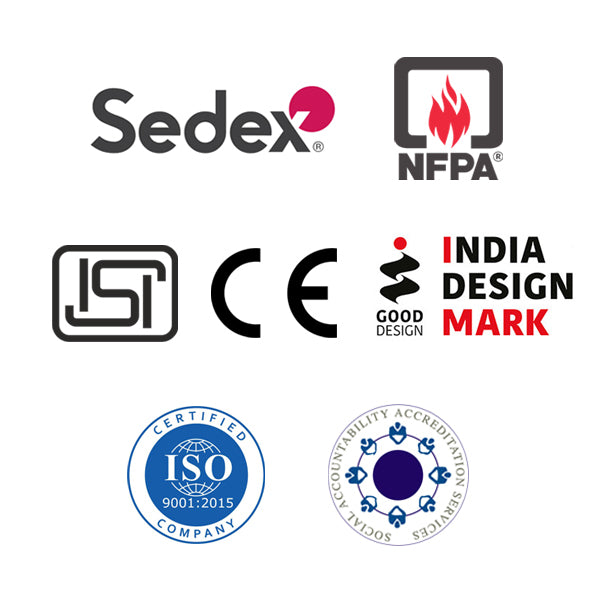KCL
Share
Para Aramid Gloves
- Heat resistant para aramid dotted glove
- 7G and 10G 100% para-aramid seamless shell
- 100% inside cotton liner
- PVC dots are available on the palm sight
TEAR RESISTANT
HEAT RESISTANT
CUT RESISTANT
EN 388
EN 407
Delivery & Services

Easy Return
with our 15 days return poicy
Regular price
Rs. 0
Sale price
Rs. 0
Regular price
Tax included.
Shipping calculated at checkout.
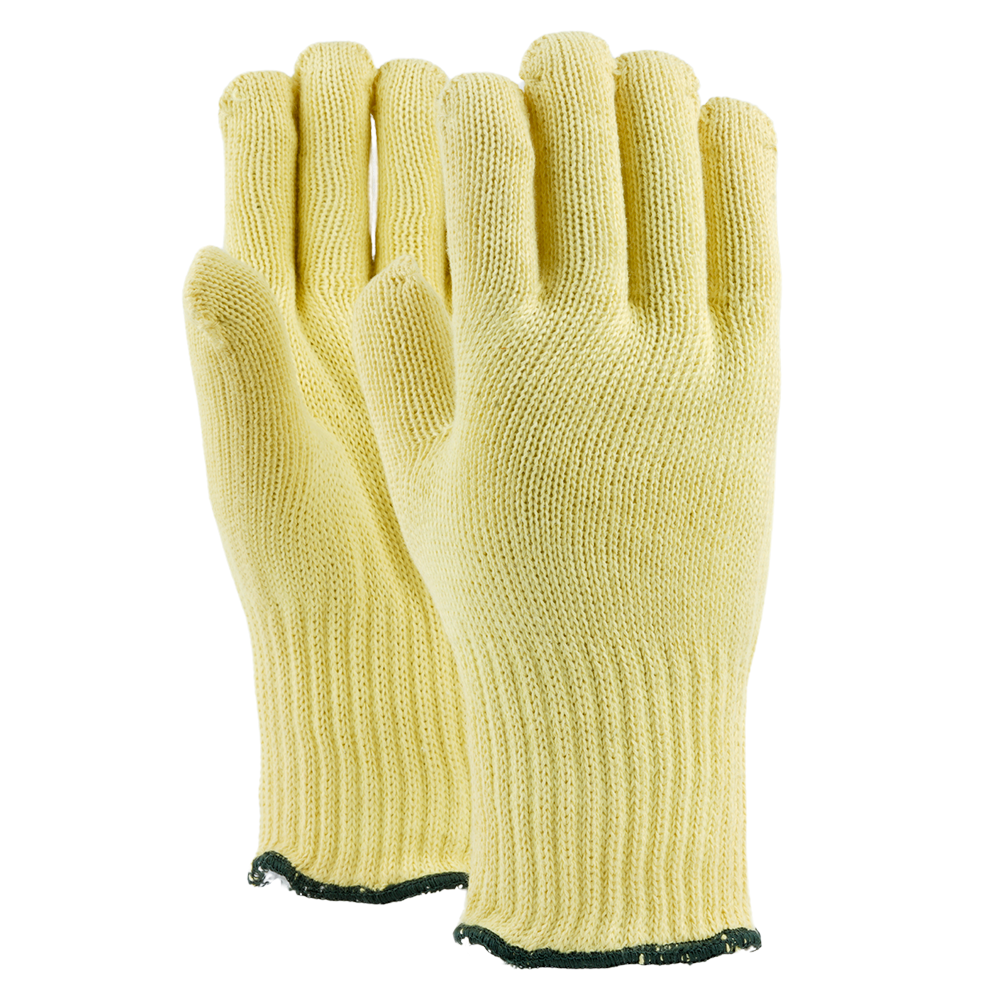
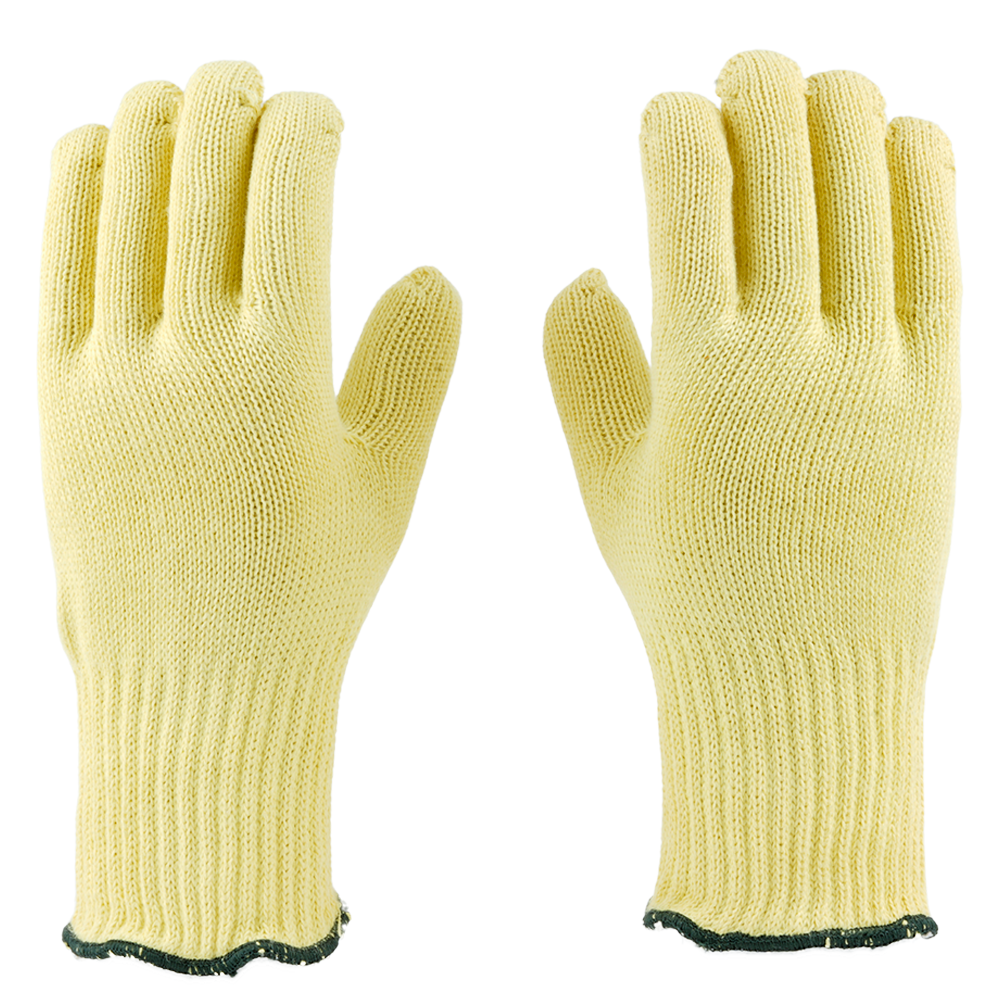
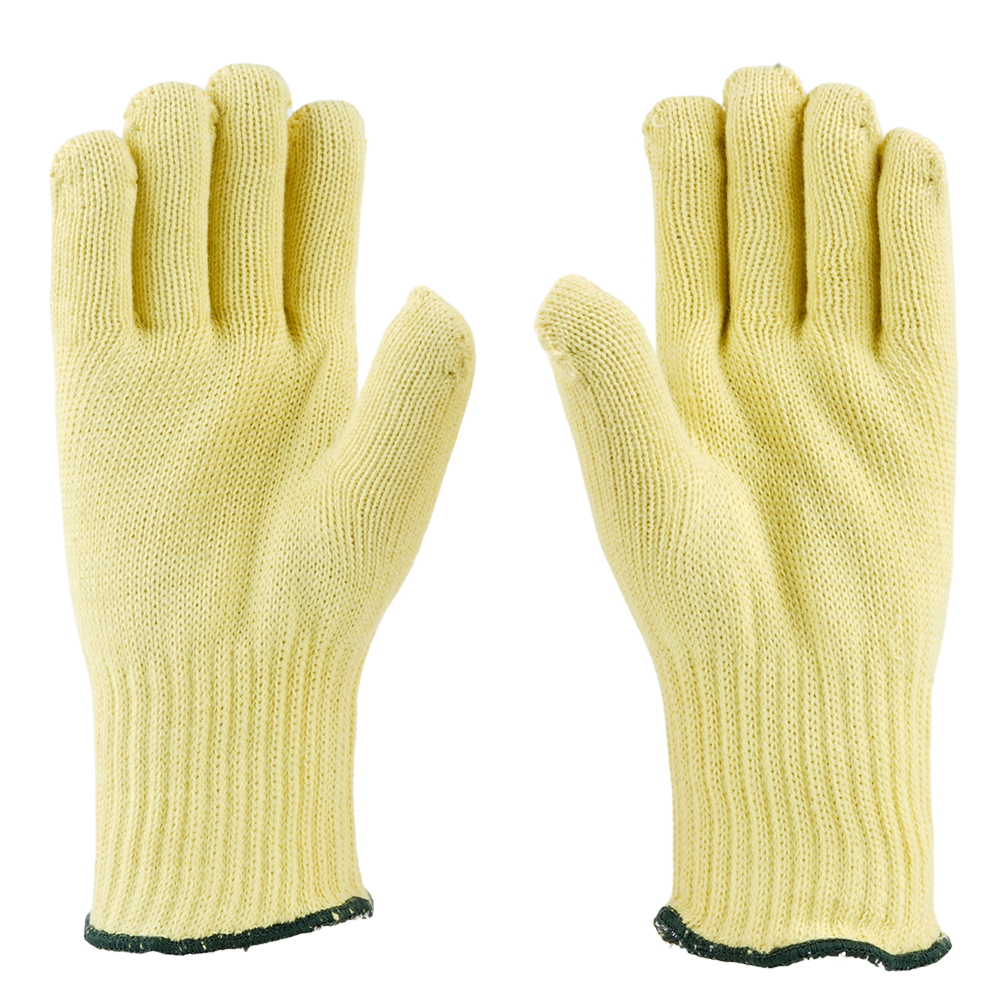
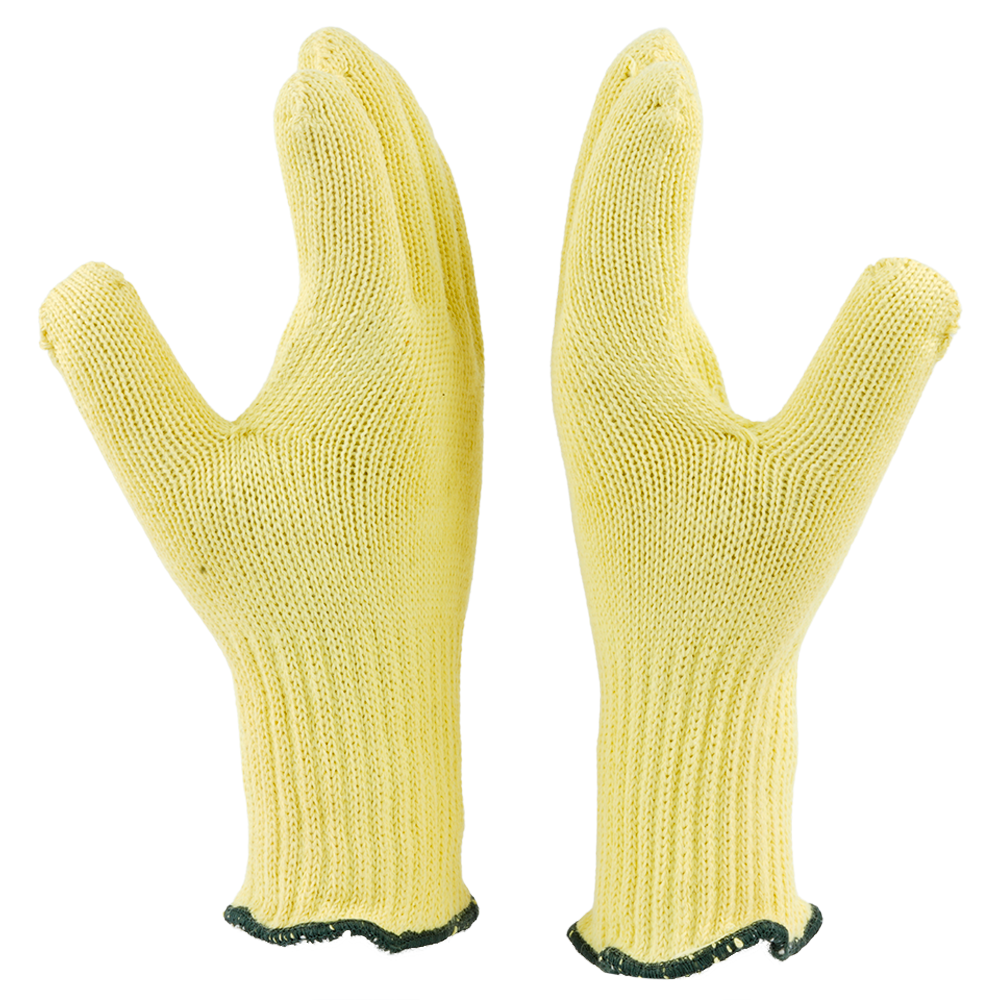
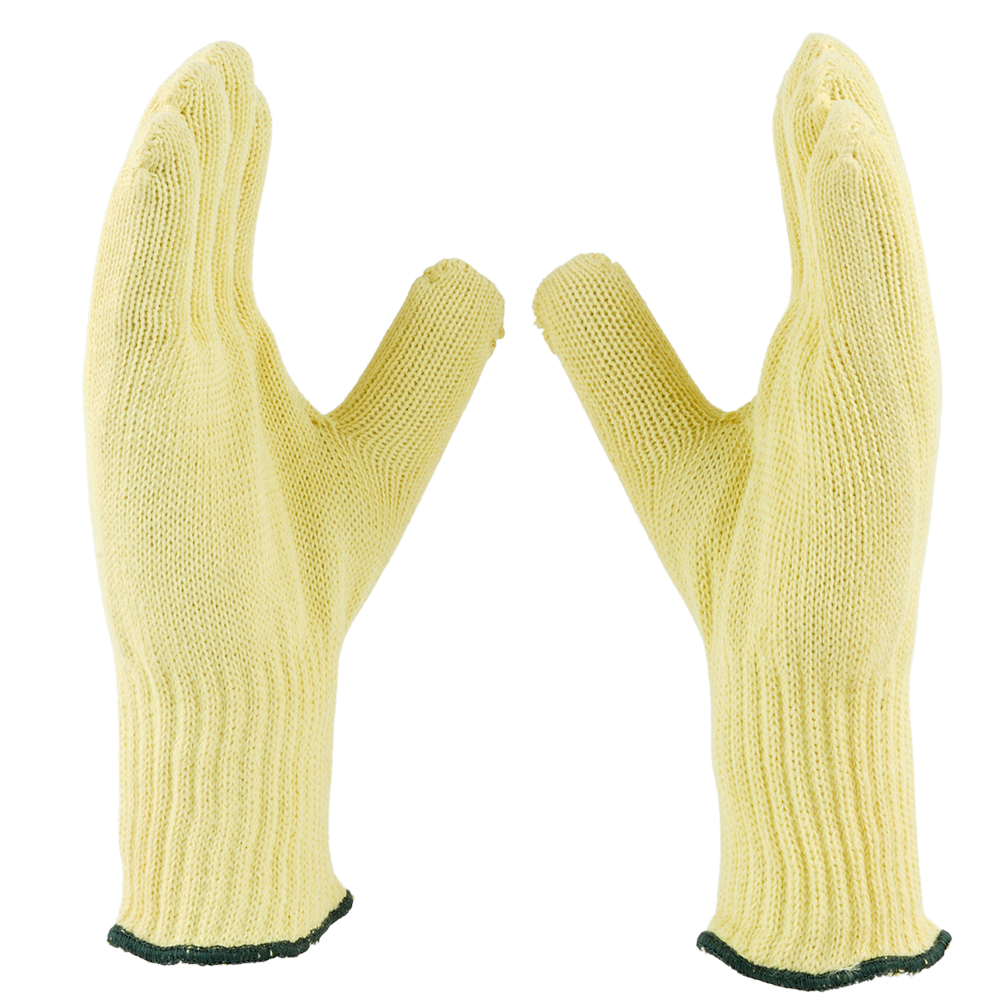
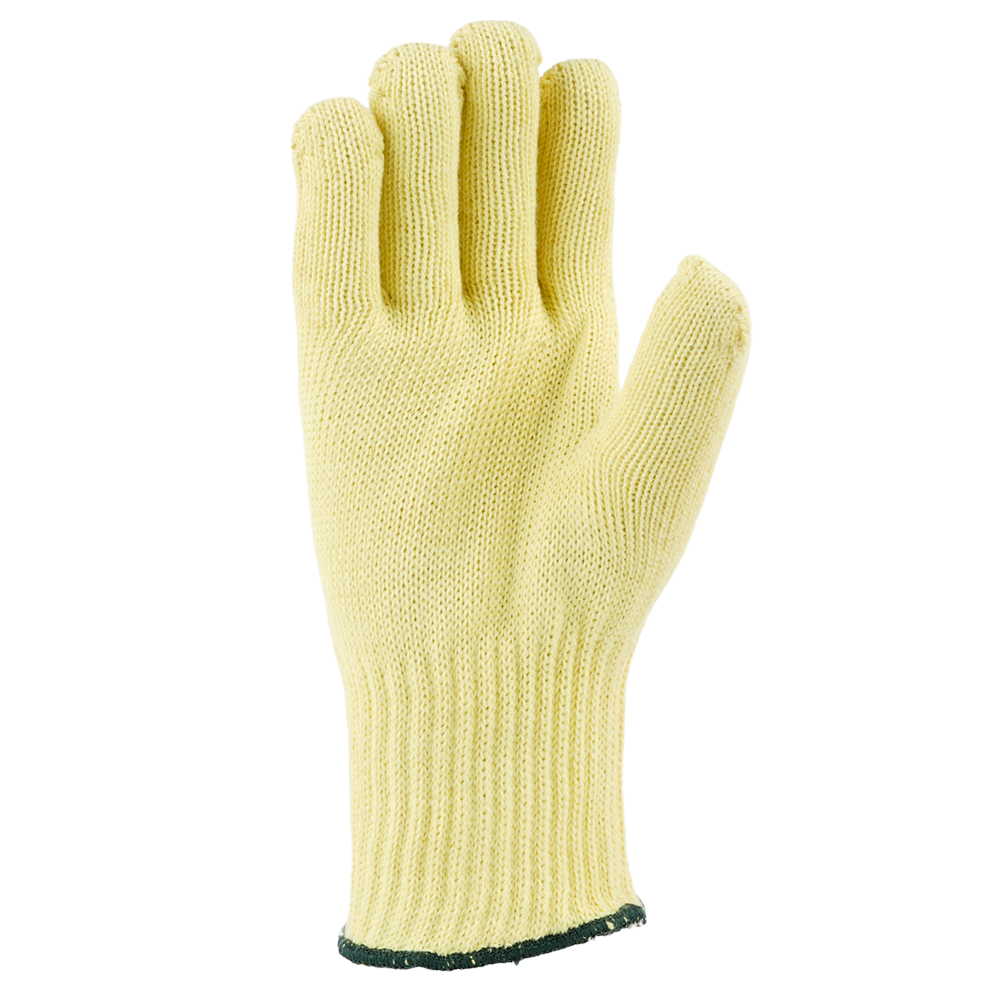
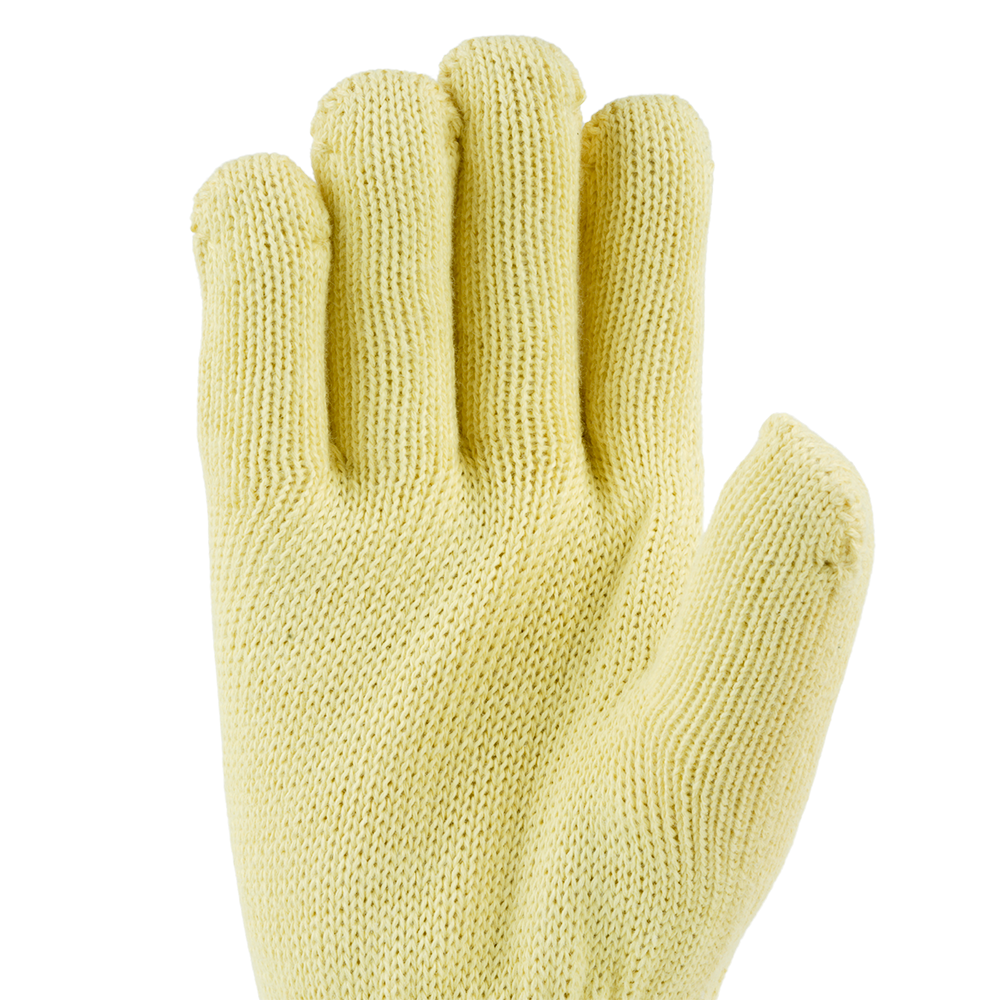
ABOUT THE DESIGN
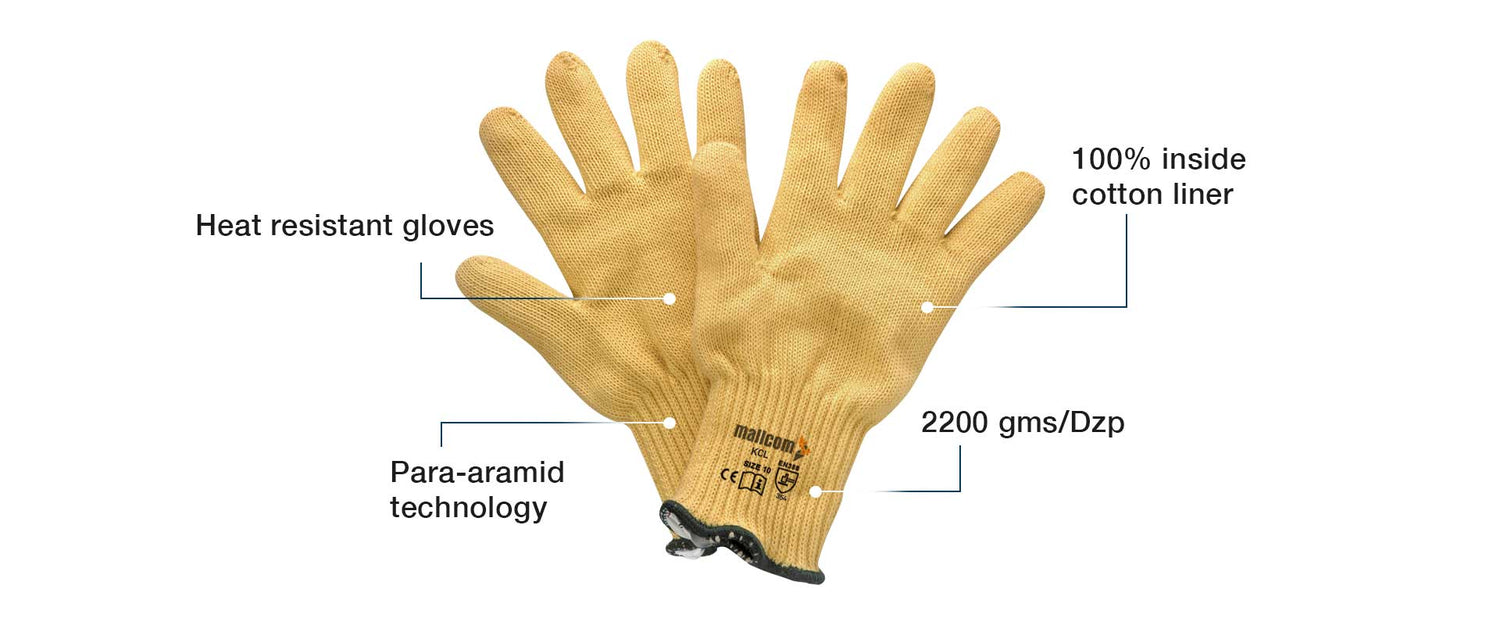
USEFUL IN THESE INDUSTRIES
Automobile
Iron & Steel
Metullargy
Repairs & Maintanence

Product Features
ABOUT THE DESIGN
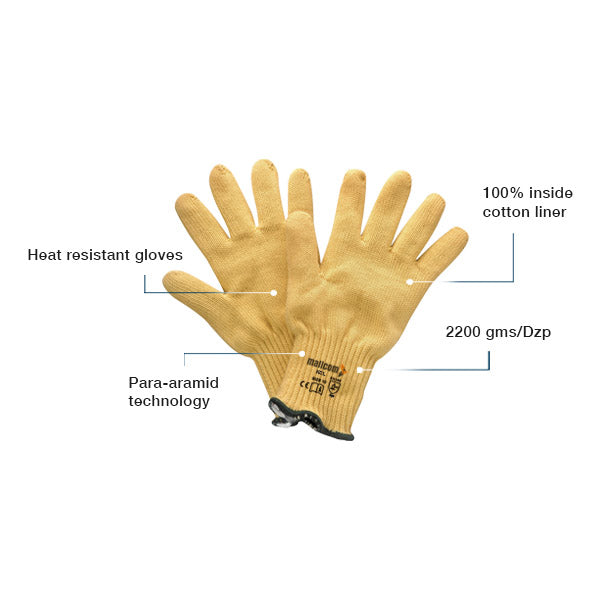
USEFUL IN THESE INDUSTRIES
Automobile
Iron & Steel
Metullargy
Repairs & Maintanence
Product Details
